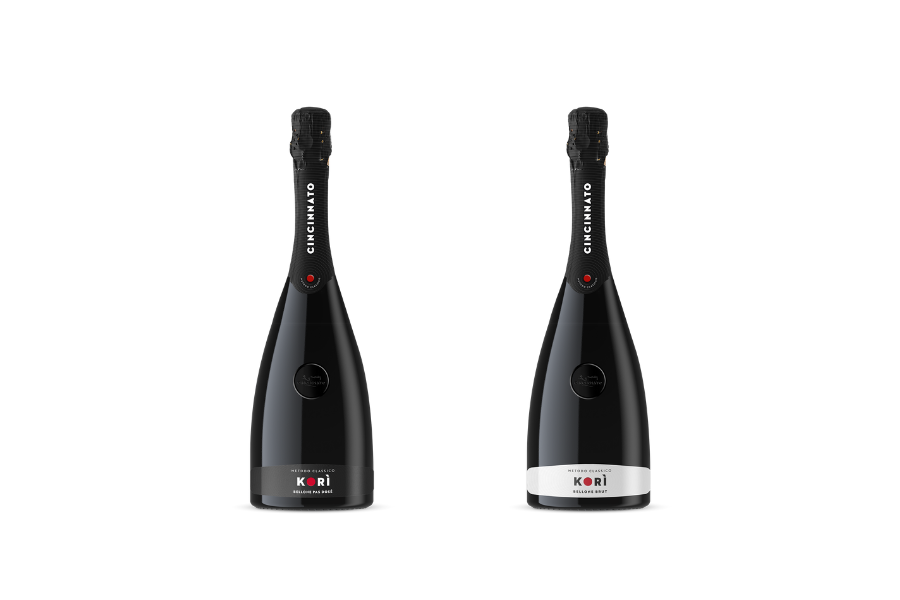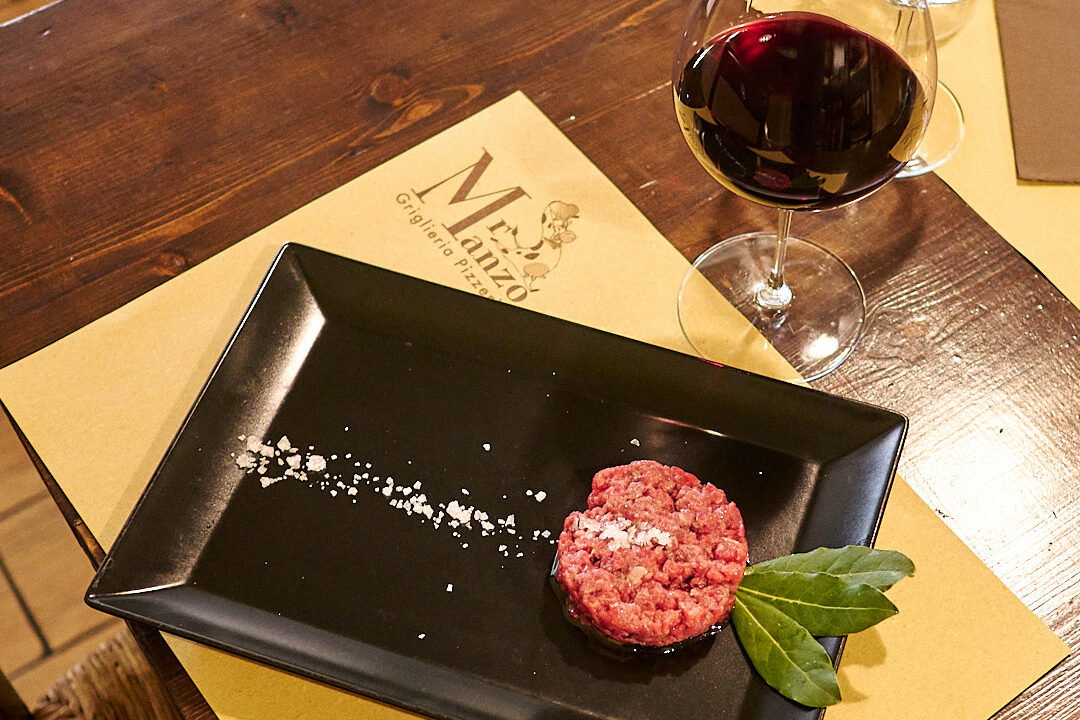Beef Tartare is a delicious dish ideal for summertime. We got to know it more talking with Massimo Passaseo director of Le Bollicine. In particular, we found out the importance of this recipe for the French culinary tradition and the matching with Nero Buono di Cori. Where does the tartare come from and what is its history?

This dish has its origins in a very distant past, namely at the time of the Tartars.
In fact, this nomadic and warrior population used to face long journeys keeping the raw meat between the saddle and the back of the horse. In this way the meat was beaten to be ready to be eaten during stops or at the end of the journey.
Nowadays tartare is considered as a gourmet dish for refined palates as well as being a recipe suitable for the summertime. Beef tartare requires care both in conservation and in preparation. This is needed to preserve both the nutritional values and the flavor.
First of all, beef tartare must be served fresh and not cold, hence with a service temperature between 12 and 15 degrees.
Furthermore, tartare must not be prepared with a meat grinder; in fact, it has to be beaten and finely prepared with a knife. This technique allows to preserve the nutritional and organoleptic properties. In addition, the size of the pieces of meat encourages consumers to chew to slowly savor all the ingredients that make up our dish.
Choosing a tender and lean meat is essential for the preparation of beef tartare, as well as paying attention to the balance between the flavor of the meat and the seasonings.
How to prepare a beef tartare? What is it needed?
There are 2 schools of thought regarding the way of preparing a beef tartare. The first is the purist one, which minimizes the seasonings to enhance the flavor of the pure meat. The second one, on the other hand, experiments by developing various and often daring nuances of taste.
For a good meat tartare, as suggested by the blog “Il cuore in pentola (The heart in the pot)” few ingredients are enough:
- 300 gr fillet of beef
- salt and pepper
- grated zest of 1 lemon
- half a teaspoon mustard
- lemon juice
To start, we would suggest you to clean the fillet from grease and veins, and then cut it into thin slices and then into small pieces. To follow, season the meat with salt, black pepper, lemon zest and mustard and then mix the elements with hands.
Let it rest in a bowl for 30 minutes.
In conclusion, after 30 minutes, place the dough in a mold or a pastry ring to consolidate the beef tartare into a specific shape in the serving dish. We would suggest you to add lemon juice only close to the meal, so as not to start the maceration process of the meat.
We would recommend accompanying the tartare with Ercole, a dry and full-bodied red from Nero Buono, with hints of undergrowth, small black fruits, soft with notes of sweet cocoa in the finish.






